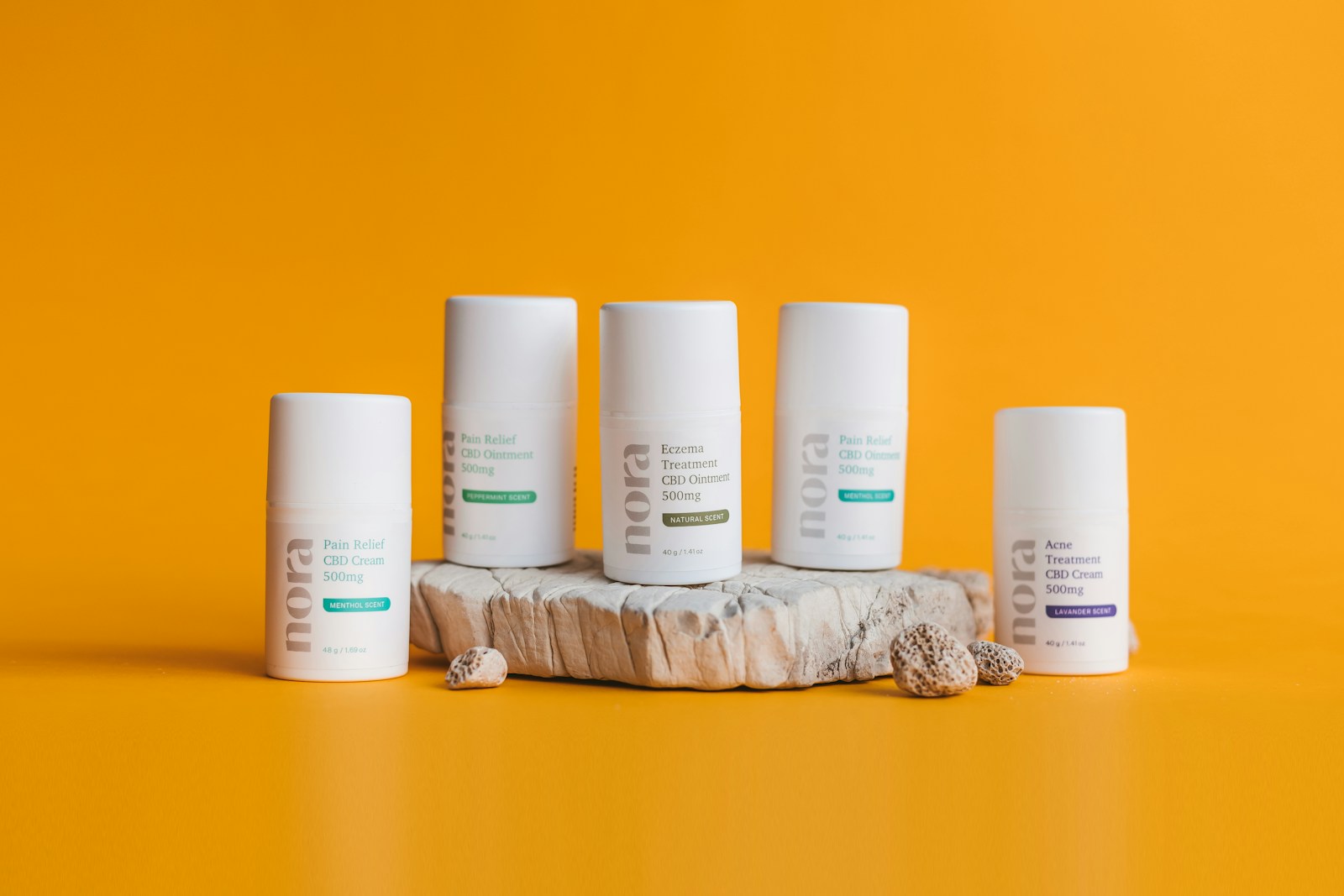
The notions of tanning and burning are often misunderstood, and by examining their inner workings, there arises some understanding about the results of sunshine on the skin. Simply put, tanning and burning are the body’s responses to ultraviolet (UV) as a result of exposure from the sun. Though symptoms are different, the source of the problem is the same – damaged skin from UV radiation, and knowing this helps to make informed decisions on sun safety.
As your tan develops, your body produces more melanin – the pigment in our skin that gives us our hue. The increase of melanin in the body is supposed to protect the skin cells from more UV rays. In Dr Clare Kiely’s opinion, coming from a consultant in the field of dermatology, this rise in melanin is a reflection of the already existing damage in the skin. Your skin production of melanin is actually an evolutionary response whereby your skin wants to protect itself from UV rays, only to combat the DNA damage inflicted by these rays. Even the palest tan suggests that your skin has received genetic damage which your body is trying to correct.
On the other hand, the sunburn is rather a deeper and more immediate response to an over-abundance UV radiation. The normal redness, soreness, and inflammation we feel with a sunburn take place as the body initiates an inflammatory response to help prevent severely damaged cells. Dr. Kiely explains, ‘Burning arises from acute cell damage, causing inflammation as the body attempts rapid self-repair’. Contrary to the secretive and continuous skin damage done by tanning, a sunburn speaks out that you’re getting dangerous exposure to UV rays which goes beyond your skin’s limits.

Product on Amazon: TULA Skin Care Protect + Glow Daily Sunscreen Gel Broad Spectrum SPF 30 – Skincare-First, Non-Greasy, Non-Comedogenic & Reef-Safe with Pollution & Blue Light Protection, Supersize, 3.38 oz
Brand: TULA
Price: 38 USD
Rating: 4.6 Total reviews: 3149
Shopping on Amazon >>
The distinction between these two responses is frequently what causes people to underestimate what actually can be safe for the skin. Many people believe tanning is safe if one avoids being burned, but this is not true. Kiely insists that ‘Tanning carries inherent dangers and any claimed methods of being ‘safe’ are misguided’. From a definition point of view, a tan provides the evidence of harm done to your skin’s doings. Let it be gradual tanning or instant burns, the future risks for your skin do not change. Early aging onset, uneven tone of the skin, increased susceptibility to skin cancers.
A skincare expert, Fraser Wilson, emphasizes the cumulative effects of our skin’s exposure to UV rays. ‘The buildup of sporadic sun exposure can leave your skin’s health with permanent damage’. While the signs are very subtle at the first place, they add up in time and eventually cause long-lasting problems. Since this combined impact tends to manifest only after many years, becoming visible only in the form of symptoms of early aging or severe conditions like the melanomas, the risks are ones that are especially staggering.

But the issue is, how come our skin reacts so drastically to UV exposure? After all, it comes down to the properties of the sun’s UV rays. There are two major types of UV light from the sun that affect skin health: UVA and UVB. UVA rays penetrate deep into the skin and cause issues such as wrinkles and sagging over the years, whilst UVB rays cause immediate destructive reactions to your skin, like sunburn. Merged, UV rays change the pattern of DNA in the skin cells; it could cause mutations that relate to skin cancer.
There’s an often heard notion about tanning that states the ‘base tan’ protects your skin from additional UV damage. However, this is really a very deceptive thought. A base tan provides virtually nothing to your skin’s defense against UV exposure. In fact a base tan gives you an SPF of 2-4, which is significantly lower than the value of SPF 30 or more that doctors recommend as sufficient sun protection. Dr. Dr. Kiely explains and states; ‘A base tan provides no real protection for your skin. It merely reflects pre-existing damage.’
Another thing is worthy of consideration is the fact that popular culture often associates tanned skin with health and beauty. For instance, in countries, such as Australia, in which being outdoors is cultural, cultural norms would promote social expectancies instead of sun safety precautions. However, it is indispensable that we treat it differently. Nurture your skin first and foremost and make a promise to protect it regardless of what is fashionable and good looking.

The risks of tanning and burning are not what they seem; they damage the health of the skin at a more profound level. Repeated exposure to ultraviolet will undermine the immune system, thereby compromising the body’s ability to fight infection and repair worn out cells. It can also aggravate preexisting skin problems such as rosacea or create new problems including hyperpigmentation and sunspots.
Researching the science behind sun damage will facilitate more aware decisions on how to protect ourselves from the sun. It’s much more than avoiding pain or concealing how visible the wounds are; First and foremost, the emphasis should be placed on your skin’s integrity and reduction in the risk of developing other serious skin conditions in the future. Observing that changes in skin tone due to sun exposure indicate damage allows us to make skin health our number-one concern, instead of superficial appearance.
Related posts:
I’m a sun-fearing beauty editor who’s become a tanning convert, but is it ever safe to tan?
Best Dermatologist-Approved Sunburn Treatments
Tested Zinc Oxide Sunscreens for Your Face




